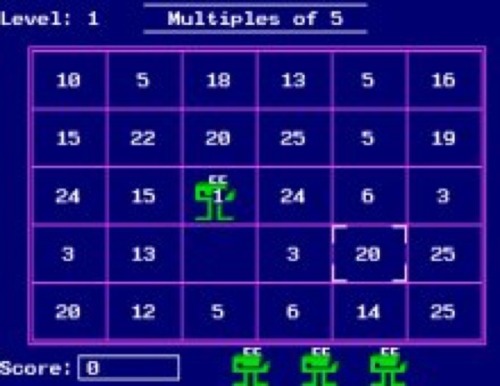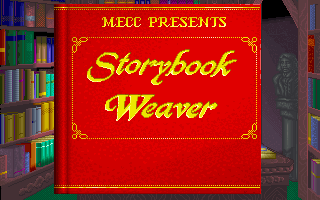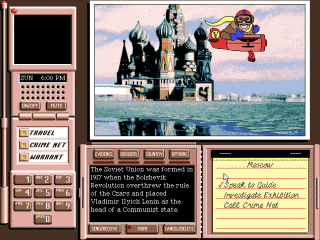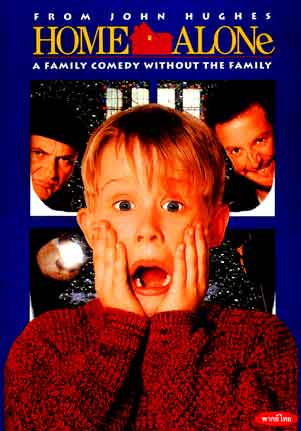
If we've learned anything from being raised by TV, it should be that continuity errors are a basic part of life. Whenever a location, plot point, or character gets tiresome, simply replace them without explanation or any nod to their past existence. Whether or not these things actually happened is unimportant. The important thing is to never mention them. Ever.
Saved by the Bell was famous for its arrant disregard for continuity, changing settings and weaving in new characters whenever convenient. They simply made them disappear, never to be mentioned again. Bored with your show's bland suburban Indianapolis backdrop? Move to Palisades! Tired of your show's major characters? Replace them with newer, more attractive actors! Two cast members want to leave the show before it runs its course? Replace them and later reintegrate them, never mentioning either their absence or the new best friend you briefly had during their leave. It's pretty much a perfect system.
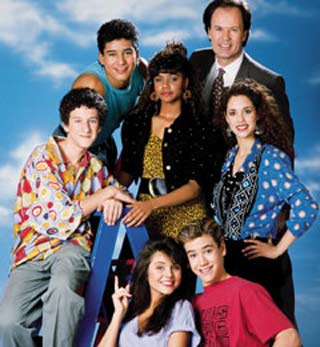
While other shows may have prided themselves on meticulous attention to detail, Saved by the Bell got away with changing the rules over and over again. It didn't seem to matter much to its frenetic young fan base. For one, the show was marketed toward children, allowing producers to operate under the assumption that kids don't notice when their beloved favorite character is mysteriously sliced out of the picture. More importantly, though, the show was a fantasy. It wasn't meant to be reality. It was meant to entertain and allegedly educate on the importance of partaking in good clean fun, and those aims took precedence over any semblance of sense.
The original incarnation Good Morning Miss Bliss premiered in 1988. Watching this horribly cheesy introduction, it's amazing this even got picked up for one season. The opening is seemingly more focused on the adult characters than our lovable middle school miscreants, and that music is truly terrible in a late 80s slow melodic jams sort of way. It had potential, sure, but it didn't exactly seem poised for great success.
It's also entirely possible there were just too many quirky curly-haired players in the original; we wanted to see some beautiful people, dammit.
So what's a network to do? If your response is to completely change the premise, back stories, location, and characters, then congratulations. You're on your way up on the ruthless cheap-ploy television executive track. Kudos to you. You'll receive your certificate of achievement in 3-5 business days.
NBC repackaged the original show into a new Saturday morning series they called Saved by the Bell. They brought in Tiffani Amber Theissen, Elizabeth Berkley, and Mario Lopez to round out their all-American crew, switched the setting to Palisades, California, and pretended that most of them had been friends since birth.
The show became wildly popular, quickly developing a substantial young following. It didn't seem to matter that critics tore the show apart. Entertainment Weekly described it as "featur[ing] stiff acting, cheap sets, and plots that seem lifted from Happy Days reruns." It didn't seem to help that the show was both morally conscious and outstandingly superficial at the same time. Despite the poor critical receptions, kids ate this up. They adored it. They couldn't get enough.
The show also frequently broke the Fourth Wall, with Zach talking directly into the camera and occasionally and inexplicably relying on the power to freeze the surrounding action. It was cheesy, sure, but Zach was admittedly charming. It's tough to find a girl who grew up in the 90s that never had a flicker of a Zach Morris crush. It was pretty much inevitable.
Our show featured an assortment of two-dimensional characters:

Zach Morris (Mark Paul Gosselaar) is an endearing slacker, a twinkling-eyed schemer always seeking to cheat the system. He's a good kid overall, following the TV trope of lovable mischief maker. He gets himself into his fair share of jams, sure, but he never stretches his rule-breaking so far so as to constitute actual trouble-making. Plus, he had that hair. Have you seen that hair? Sigh.
Lisa Turtle (Lark Voorhies) is a gossip queen and shopping addict extraordinaire. She comes from a wealthy family (both her parents are doctors) and is constantly getting herself into shopping related jams in between dodging unwanted advances from Screech.
 Jessie Spano (Elizabeth Berkley) is a feminist overachiever who is borderline obsessive about her grades. She's somewhat of a do-gooder, but more often she's a prima donna perfectionist with a penchant for caffeine pills. Okay, so that only happened in one episode, but I still see it as major character development. I mean, she was so excited. She was so excited. She was so scared.
Jessie Spano (Elizabeth Berkley) is a feminist overachiever who is borderline obsessive about her grades. She's somewhat of a do-gooder, but more often she's a prima donna perfectionist with a penchant for caffeine pills. Okay, so that only happened in one episode, but I still see it as major character development. I mean, she was so excited. She was so excited. She was so scared.
Kelly Kapowski (Tiffani-Amber Theissen) Kelly was the All-American good girl, a cheerleader whose good looks win her an outpouring of male attention. She wasn't the smartest girl in the bunch, but she was sweet and we were supposed to feel sorry for her because she was sort of poor.

Albert Clifford "AC" Slater (Mario Lopez) is a tough-talking jock who disparagingly refers to Zach as "Preppy". The two are often rivals but eventually form a solid friendship. Slater is a wrestler and a pretty impressive dancer, though I wouldn't comment on it while he's looking all bad-ass in that bomber jacket. Though Mario Lopez is obviously Mexican, his family is mysteriously not and it's left pretty much unexplained until we get to the college years and they give us some halfhearted explanation for it. Thanks, guys.

Samuel "Screech" Powers (Dustin Diamond) is our well-meaning nerd, a geek who somehow managed to kick it with the cool kids. He has an intense unrequited love for Lisa, feelings that are for obvious reasons not reciprocated. He's generally smart but quirky. It's tough to watch him now and separate Diamond from the tool he's become, but back in the day he used to be pretty endearing.
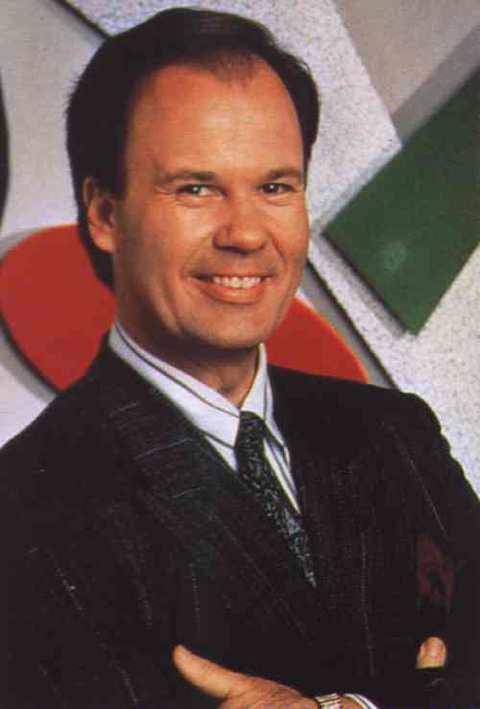
Mr. Belding (Dennis Haskins) was an oddly meddling principal who played a major role in the daily lives of our main characters. He never seemed to interact with any other students because they were all pretty much part of the scenery, so I'll assume he took a special interest in our heroes and focused his entire career on dealing with their antics and encouraging their potential.
The show played stereotypes way over the top, with dumb rocks-for-brains jocks and pocket-protector sporting nerds at every turn. They also threw in a "message" or two for good measure, reminding us that it's not good to drink and drive or that setting up a secret video-dating service using the school's virtual yearbook equipment is wrong. I know I learned a valuable lesson from that last one. I started all my video dating services out in the open, thank you very much.
Chuck Klosterman describes the last season's odd character swap best when he examines what he calls the "Tori Paradox". All of a sudden Kelly and Jessie have disappeared and no one says a word about their absence. Instead, we get the tomboy, leather jacket-wearing Tori character who mysteriously swoops in and immediately becomes a part of the gang. Just as quickly as she'd appeared, she was gone without a trace and Jessie and Kelly were back as if nothing had happened. No one said anything about it, so we were just supposed to assume everything was fine and we shouldn't question it.
There were later more continuity errors to be had when we rejoined part of the gang for Saved by the Bell: The College Years, but that's a post for another time. NBC further milked the franchise by creating a spin-off Saved by the Bell: The New Class. There was no integrity to it, just pure money making. I mean, honestly, I owned Saved by the Bell Zackberry scented shampoo. Zackberry! You try to tell me that's not squeezing the franchise for all it's worth.
Of course, the big news today is of the purported SBtB reunion, reported in People magazine.

Over the summer, Zach--er, excuse me, Mark Paul, appeared in full Zach Morris garb and gave an in-character interview with Jimmy Fallon, complete with giant cell phone and fourth wall breakage:
Of course, don't expect to see Dustin Diamond in any reunion hype. He recently released a tell-all book alleging the gang was not quite as squeaky-clean as their on-air image. I resent that, of course. I'm almost certain they scrubbed diligently with Zackberry-scented toiletry products.



